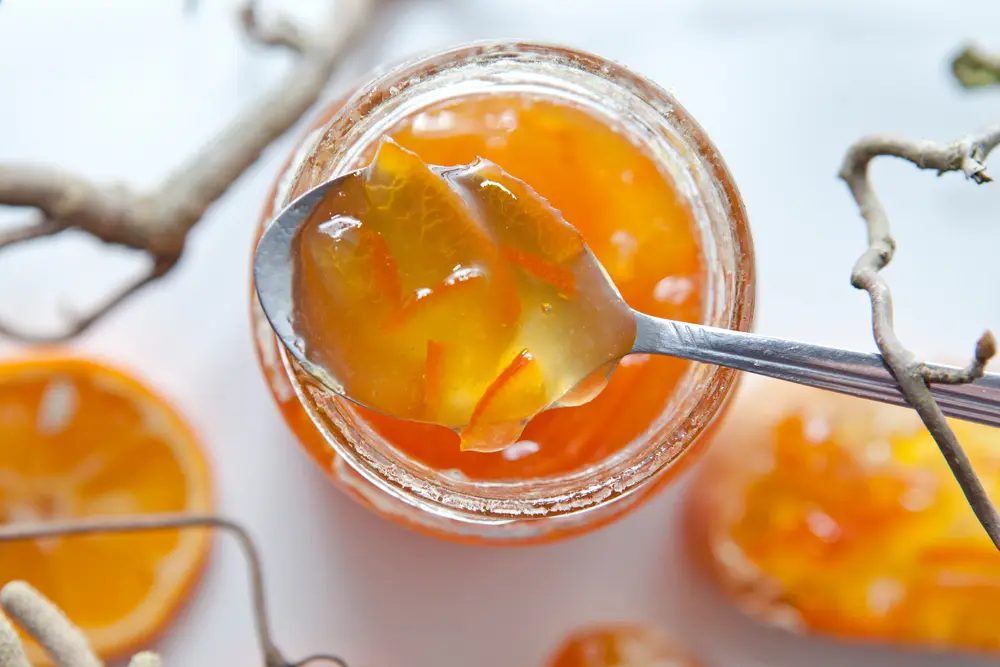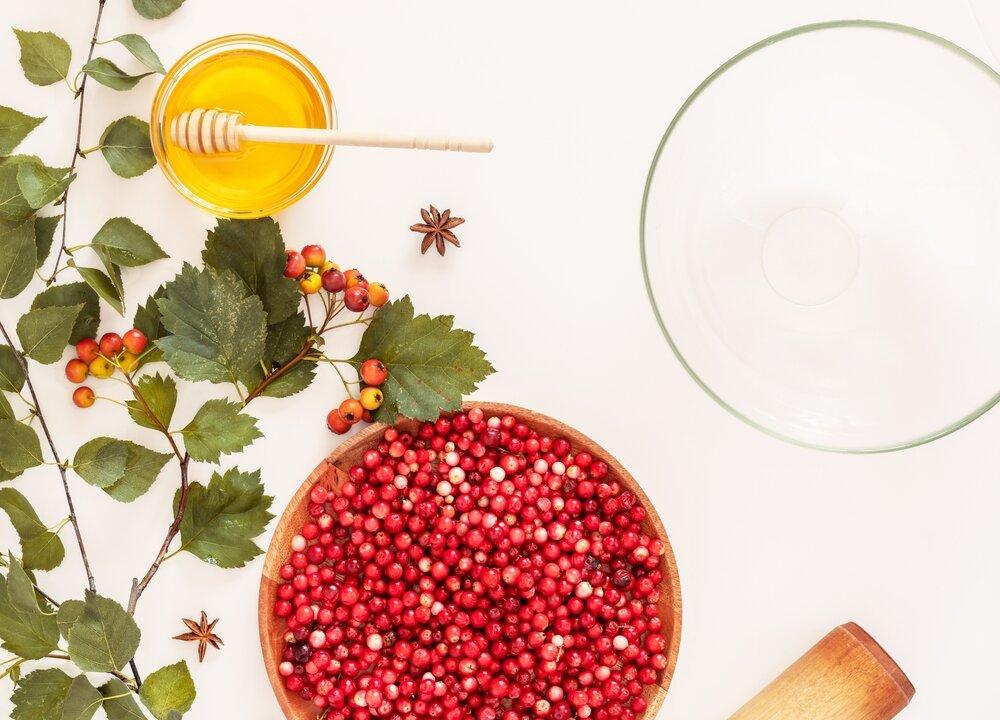For a special treat this season, try making three-citrus marmalade in your kitchen. This combination of grapefruit, orange, and lemon creates a delightfully sweet and tangy flavor that no marmalade aficionado will be able to resist.
It will make it difficult for you to buy marmalade from the grocery store ever again.






